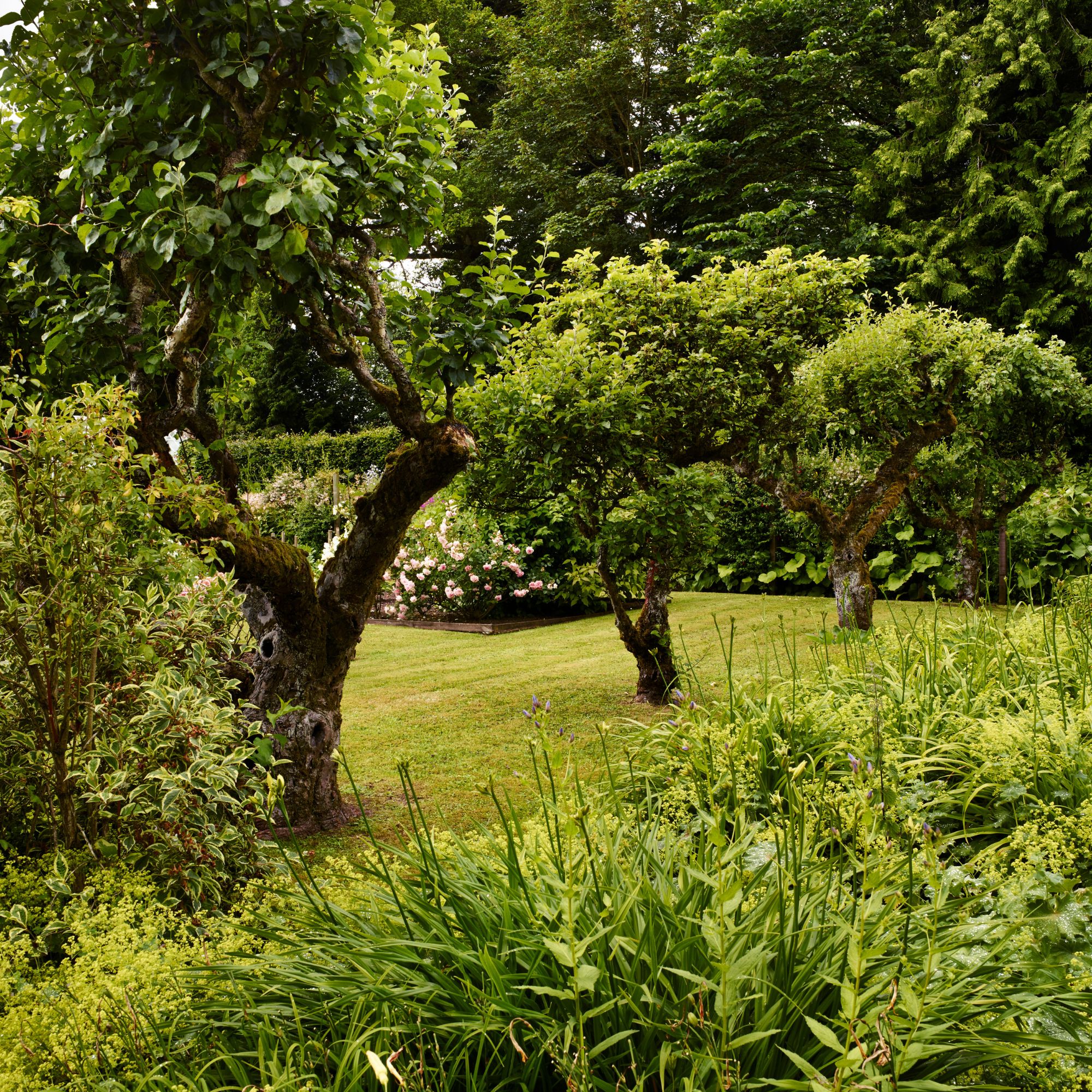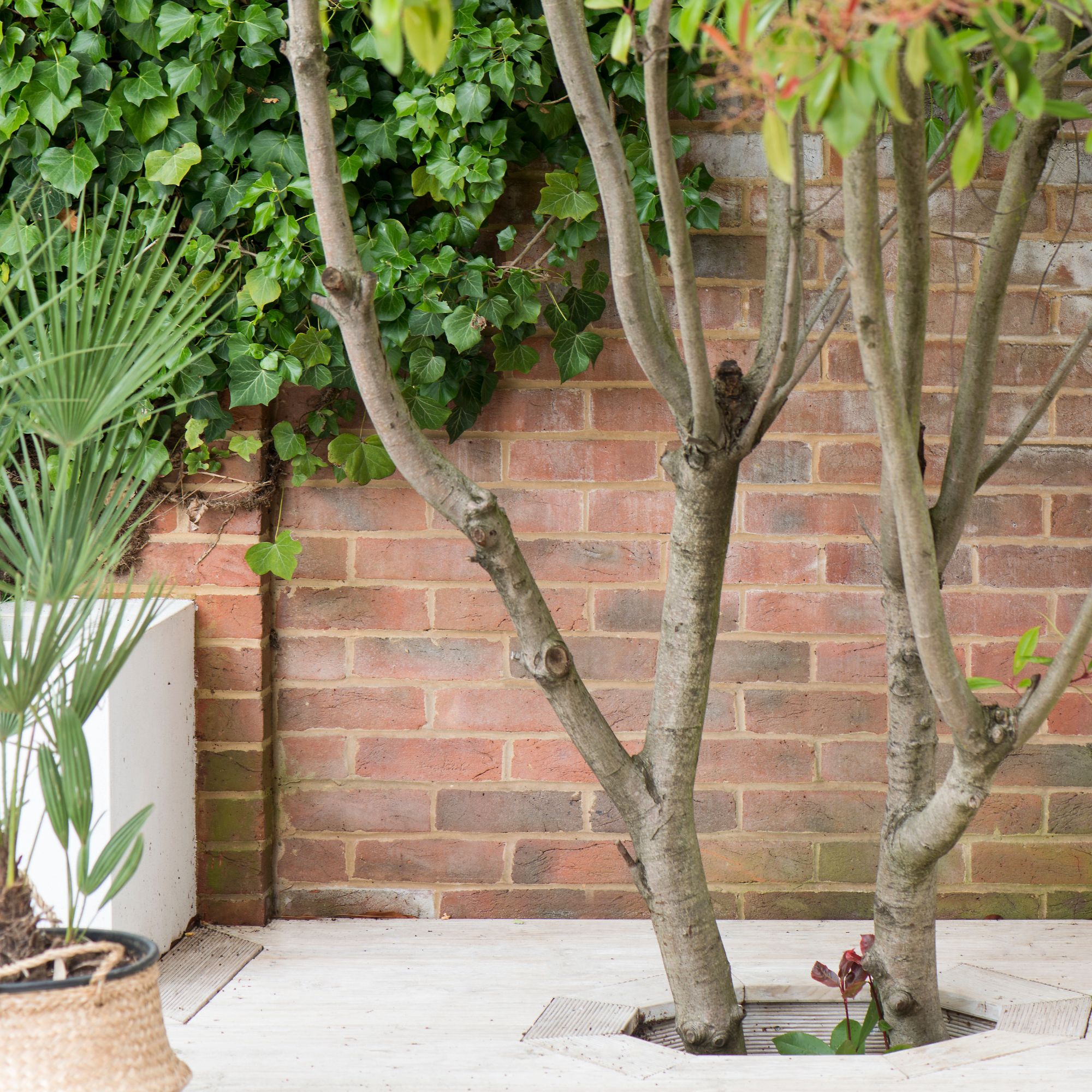
You might be wary of ivy if you have it in your garden. After all, ivy is known for growing out of control and sapping the life of nearby plants. But does ivy kill trees? It’s not a black-and-white answer, say experts.
Generally regarded as one of the invasive plants you should avoid planting in your garden, ivy can be problematic. If left to its own devices, ivy can climb up trees and entangle themselves in the branches and trunks of the best small trees - and even the bigger ones. However, it’s fair to say that many ivy garden ideas can add colour, intrigue, and coverage to your outdoor space if planted and cared for correctly.
So, does ivy kill trees or is it harmless? We asked the garden experts what you should do if you have ivy growing on your trees and whether you need to be worried. This is what they had to say.

Will ivy kill trees?
Due to its invasive nature, ivy has developed a bad reputation over the years. And while ivy can certainly damage external brickwork and grow through wood (which is why you should always kill ivy on a fence), it’s not as damaging to trees as you’d think.
Jason Watson Todd, Director & Co-Founder of Terravita, says, ‘A long-standing myth is that ivy is harmful to trees, which is largely untrue. Ivy merely uses trees as a support and doesn’t penetrate the tree itself. A healthy, strong, mature tree will not mind some competition for light, nutrients, and moisture.’
Because of this, you shouldn’t need to worry too much if you have ivy growing up your trees and trailing along your branches. But it’s still a good idea to keep an eye on this growth, as it can still cause some problems if not managed properly, especially for smaller trees.

Morris Hankinson, Managing Director of Hopes Grove Nurseries, explains, ‘If the Ivy is completely covering the tree and even growing taller than the tree itself, then this can become a problem especially as it will result in less sunlight for the tree and add weight to the branches. Along with this, if the tree is older or unhealthy, branches could break, especially in windy conditions.’
So, it’s important to take note of your tree’s health when determining whether you need to get rid of the ivy or not.
What to do if you have ivy growing on your trees
You shouldn't need to do anything if you have a small ivy plant growing on your healthy trees. In fact, keeping it there and allowing it to continue growing can help the natural world around you. You may want to give it a prune every now and then, though.
Morris says, ‘The best solution is to prune it back once or even twice a year to keep it under control. Make sure you allow your ivy to flower late summer into autumn for pollinators, and later, it will have berries that birds will eat.'

He adds, ‘Having ivy in the garden can attract many insects and moths which will help to feed birds and bats. Large ivy can also provide shelter and nesting space for birds.’
Plus, ivy’s evergreen nature means that it will provide constant interest year-round - even when other long-flowering plants have lost their colour and vibrancy. Of course, if you’re worried about the ivy growing in your garden and the potential for ivy to kill trees, you can get rid of it.
However, it’s not enough to simply cut back the ivy and hope that makes a difference. When you’ve cut the plant back to the base, you then need to remove the woody stump to ensure it doesn’t grow back.
When cutting back anything, it's always a good idea to wear some gardening gloves. And as ivy can be an irritant, it's better to be safe than sorry.
You can use these pruners to cut the ivy before you dig out the stump. Simply cut back as much as you need to get to the base.
To help you lift the ivy stump out of the ground, you'll need a trowel. This one is made from polished aluminium alloy and has been designed with durability in mind.
FAQs
What is the fastest way to get rid of English ivy?
The fastest and most effective way to get rid of English ivy - and ensure it doesn’t come back - is to dig out the stump and remove all of the roots. You can get the foliage back before doing this to make it easier.
However, if your English ivy is growing up a wall or fence and isn’t near other plants, you can use white vinegar to your advantage. The vinegar will kill the plant in its tracks, making it easier to simply pull out of the ground.
Is it illegal to cut ivy?
This all depends on when you cut ivy and how big the ivy plant is. If you just have a small amount of ivy trailing along a fence, you can cut it down without any problems. However, if you have a larger ivy plant that’s formed a bush in your garden, it can be illegal.
That’s because cutting bushes and hedges is illegal if you’re disturbing an active bird’s nest. And if you want to cut ivy during nesting season - which is typically between March and August - you have to make doubly sure that there’s no bird’s nest in there before doing so.
Will English ivy grow back if cut?
Yes, it will. Although cutting back ivy may seem like a good way to control its size and growth, cutting it back can actually make it grow back quicker and thicker. Before too long, it may take over your garden and impact the health of your other plants.
Because of this, you should always remove English ivy from the stump if you want to get rid of it. This will ensure it won’t come back.







